Conventional feeds, fish-free feeds and biofloc each impact nutritional, sensory characteristics
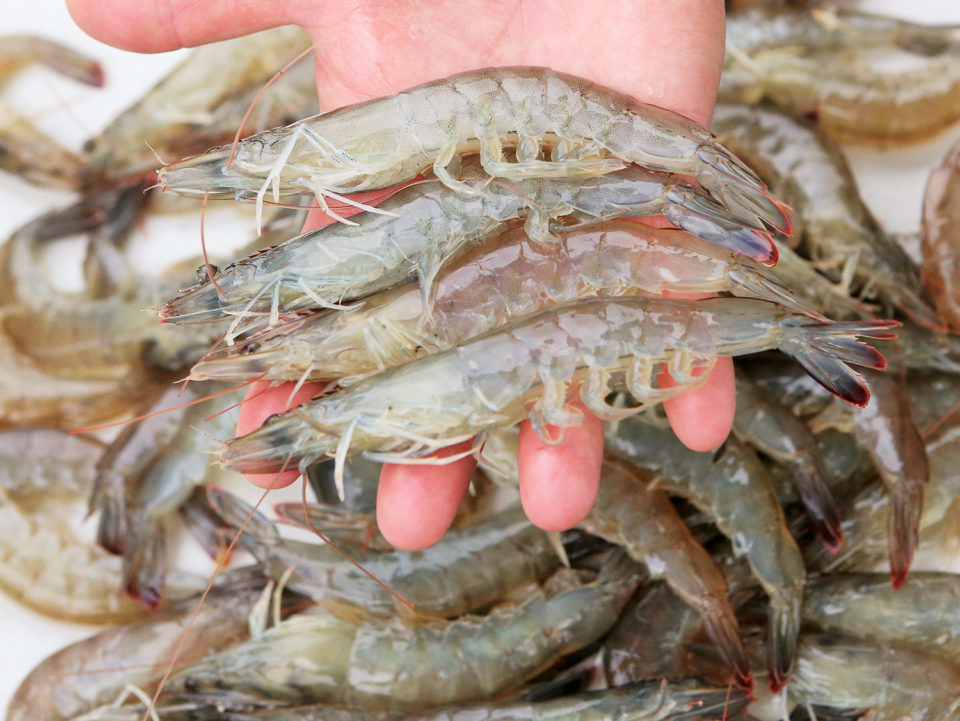
Biofloc-based aquaculture systems undergo very little water exchange and shrimp are stocked at high densities. With high stocking density comes intensive nutrient inputs and in response a dense microbial community develops in the water column. This microbial community includes bacteria, algae, fungi, zooplankton and protozoans, which all function to cycle nutrients in the system – namely ammonia – and can also serve as a source of supplemental nutrition to animals such as shrimp.
There seems to be limited research on how shifts in microbiota may affect the nutritional quality of biofloc, and almost no studies exploring how microbial changes may affect the nutritional and human sensory profiles of shrimp in biofloc systems. Prior research has shown that shrimp can perform well on diets that contain limited, or no fish products.
Eliminating fish products from the diet of aquaculture species may greatly improve the environmental sustainability, reduce feed price fluctuations and enhance marketing opportunities for farm-raised shrimp. However, it is unclear what implications the use of fish-free diets may have on the biofloc microbial community as well as the nutritional and human sensory values of shrimp, as the composition of plant-based products are substantially different than fish-based alternatives.
There have been some studies on the effects that diet composition may have on the microbial community in biofloc systems; however, the effects on shrimp nutritional or sensory metrics and any potentially interactive effects between microbial composition and product quality seem relatively poorly understood. It is unclear how a major component of the diet such as protein source may affect human sensory characteristics of shrimp, especially in biofloc systems where the microbial community may also play a role in product quality.
Human sensory analyses of shrimp such as flavor, texture, appearance and aroma attributes can help to determine the quality of the product. This is especially important when exploring new production systems or management styles and the use of novel diets to ensure that product quality is consistent.
As the industry moves toward more intensive production systems where the microbial community plays a more substantial role in system performance, and moves toward using less fishmeal, or even fish-free diets, it is important to explore the implications that system management and feeds have on product quality and what role the microbial community may play in this regard.
This article – summarized and adapted from the original publication (Aquaculture International (2019) 27:261–277 https://doi.org/10.1007/s10499-018-0321-8) – reports the results of a study to examine what effects an entirely fish-free diet and solids management had on the biofloc microbial community and key nutritional and human sensory characteristics of shrimp.
We are thankful to several staff of the Waddell Mariculture Center, Bluffton, South Carolina, USA. This research was supported by grants from the USDA Integrated Organic Program and the U.S. Marine Shrimp Farming Program.
Study setup
Post-larval Pacific white shrimp (Litopenaeus vannamei) were obtained from a commercial hatchery (Shrimp Improvement Systems, Islamorada, Florida, USA). The shrimp were raised in a biofloc nursery tank for eight weeks and provided a series of fish-included diets. During the nursery, Zeigler Brothers crumble diets with 50 percent protein and 15 percent lipid (reported by the manufacturer) were provided based on diet size and shrimp size. During the last four weeks of the nursery, shrimp were given a 40 percent protein, 9 percent lipid, and 1.5-mm pelleted diet.
Sixteen 3,600-liter outdoor tanks were each randomly assigned to one of four treatments. The four treatments were dictated by feed type and solids (biofloc) concentration management. One treatment received a conventional, fish-included feed with no solids management (CF), another received a conventional feed with solids management (CF-S), a third treatment had fish-free feed with no solids management (FF), and the fourth treatment received a fish-free feed with solids management (FF-S).
The fish-included feed was Zeigler™ Hyperintensive-35 (Zeigler Brothers Inc., Gardners, PA, USA). The fish-free feed was an extruded experimental feed, also manufactured by Zeigler Brothers, designed to have protein and lipid concentrations similar to those of the fish-included diet. The concentration of biofloc particles was managed using conical-bottom settling chambers with a functioning volume of 200 liters, designed like those described by Ray et al. (2011). Settling chambers were operated as needed, and turbidity was measured once every three days. A small amount of sucrose (200 grams) was added during the first week of the study to facilitate the assimilation of inorganic nitrogen by heterotrophic bacteria; otherwise, no supplemental carbon was added.
The 16 experimental tanks were operated at a depth of 71 cm, and shrimp were stocked at a mean weight of 1.3 grams and at a density of 460 shrimp per cubic meter, and then grown for 12 weeks. Based on weekly shrimp samples, feed conversion ratio (FCR) and weight gain were calculated and used to estimate expected growth and calculate weekly feed rations. In addition, feed trays were used to determine the amount of food being consumed. Feed was provided three times per day, and all tanks received the same amount of feed throughout the study.
For additional information on the experimental design and management; elemental, fatty acids and sensory analyses; and statistical analyses, please refer to the original publication.
Results and discussion
Shrimp performed significantly better in the treatments with solids management, and there were otherwise no significant differences in shrimp production. Growth rate, final weight and net biomass were all significantly greater and feed conversion ratio was significantly lower in treatments with solids management. There were no significant differences between treatments with regard to shrimp survival. These results indicate that adequate shrimp production results can be obtained using a fish-free diet formulation, and that solids management is required to help optimize water quality and shrimp production in biofloc systems.
The values of zinc found in shrimp from this study are comparable to food with some of the highest zinc concentrations reported by the U.S. Department of Agriculture (2017). Much of the zinc in shrimp tissues likely originated from the diets. Zinc is an essential nutrient in human health for processes such as immunity, DNA metabolism, reproduction, vision and taste. Higher zinc levels may therefore be a marketable quality of farm-raised shrimp.
The variety of effects that the experimental factors of this project had on fatty acid concentrations in shrimp indicate that system management and feed composition both have implications for shrimp nutritional composition. The fact that the CF diet shrimp had a greater concentration of omega-3 fatty acids compared to the FF diet shrimp is likely a result of the formulation of the diets. The shrimp produced using both diets can be considered a very healthy product from the perspective of fatty acids, particularly when compared to terrestrial meat products.
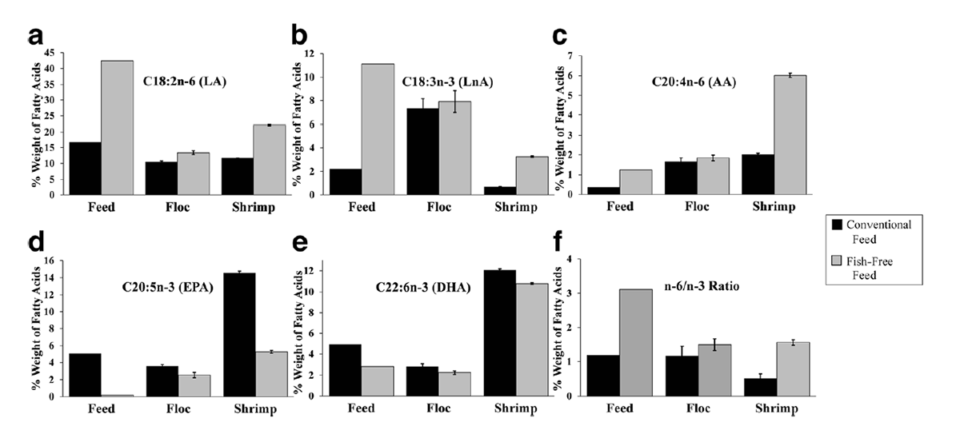
The mean EPA+DHA concentration in CF shrimp (204.2 mg per 100 grams) and in FF shrimp (119.4 mg per 100 grams) are each significantly higher than those reported for chicken and beef. Shrimp fed either a fish-based or plant-based feed can be a substantial part of a person’s diet to help meet the EPA and DHA requirements recommended by the American Heart Association. According to these recommendations, consumers should ingest 500 mg of EPA and DHA per day, which would require 245 grams of CF shrimp or 420 grams of FF shrimp.
The EPA levels in the FF and CF biofloc (2.9 percent and 3.7 percent by weight of fatty acids) are comparable to the 3.0 percent found in biofloc material by Tacon et al. (2002) who raised shrimp in outdoor biofloc systems similar to those used in this study. The biofloc DHA concentrations in this study (2.3 percent in FF and 2.5 percent in CF by weight of fatty acids) were somewhat higher than the 1.4 percent found in biofloc material by Tacon et al. (2002), indicating that biofloc nutritional composition may not be consistent across systems and management styles.
For several fatty acids investigated in this study, the biofloc levels did not directly reflect the levels in the feeds, most notably in regard to AA and EPA levels (Fig. 1). Fatty acid levels between biofloc from the two diet types were much more similar than the fatty acid levels between the two diets themselves (Fig. 1). This observation helps add some weight to the possibility that the biofloc microorganisms may have converted or synthesized fatty acids. If this is the case, the organisms responsible should be identified so that perhaps they may be selected for in future projects to enhance the fatty acid profile of shrimp.
The fact that no differences were detected between shrimp fed the two diets with regard to aroma and flavor indicates that both diets can produce equivalent quality shrimp with respect to these attributes. This is similar to the findings of Soller et al. (2017), who found that shrimp diets with varying lipid sources did not produce detectable differences in flavor or aroma. An enhanced sweet aromatic aroma in shrimp from the treatments with solids management may be due to changes in the microbial community caused by this management practice, or perhaps the lower abundance of biofloc. More research should be conducted to determine how such changes in biofloc abundance or composition may affect shrimp sensory attributes.
The only sensory attributes that were significantly affected by diet type in this study were texture-related qualities. The fish-free diet shrimp had more first-bite and mastication moisture release and were more fibrous. It is unclear whether greater moisture content or fibrousness would be preferred by shrimp consumers. To determine this, a consumer preference study should be conducted examining how well received these qualities may be. However, none of the differences in sensory qualities between the diets seem to indicate any negative issues associated with the FF diet shrimp.
This study indicates that alterations in diet and in biofloc management both clearly have implications for the nutritional and sensory qualities of shrimp. This may present unique opportunities for altering the features of shrimp that are important to consumers. More fully understanding the value that consumers place on those qualities may allow diet manufacturers and system managers to tailor shrimp better to consumers, perhaps opening niche marketing or branding opportunities.
Sources of omega-3 fatty acids for aquaculture diets are expensive; if it were possible to increase the tissue concentration of these compounds through better system management, it may present a more cost-effective solution than adding supplements to feeds.
Perspectives
This study indicates that fish-free diets are suitable for shrimp production and can generate high-quality shrimp in biofloc aquaculture systems. Some attention should be given to fatty acid profiles of future diet formulations and consumer preference of shrimp texture attributes should be explored further.
Our project helps illustrate some of the product quality aspects of shrimp that can be altered through diet formulation and system management. Combined with consumer preference information, this work may set the stage for shrimp that are tailored to meet specific market demands.
References available in original publication.
Now that you've reached the end of the article ...
… please consider supporting GSA’s mission to advance responsible seafood practices through education, advocacy and third-party assurances. The Advocate aims to document the evolution of responsible seafood practices and share the expansive knowledge of our vast network of contributors.
By becoming a Global Seafood Alliance member, you’re ensuring that all of the pre-competitive work we do through member benefits, resources and events can continue. Individual membership costs just $50 a year.
Not a GSA member? Join us.
Authors
-

Andrew J. Ray, Ph.D.
School of Aquaculture
Kentucky State University Land Grant Program
103 Athletic Road
Frankfort, KY 40601 USA[117,100,101,46,117,115,121,107,64,121,97,82,46,119,101,114,100,110,65]
-
John W. Leffler, Ph.D.
South Carolina Department of Natural Resources
Marine Resources Research Institute
217 Fort Johnson Road
Charleston, SC 29412 USA -
Craig L. Browdy, Ph.D.
Director of Research & Development
Zeigler Bros., Inc.
400 Gardners Station Road
Gardners, PA 17324 USA
Tagged With
Related Posts
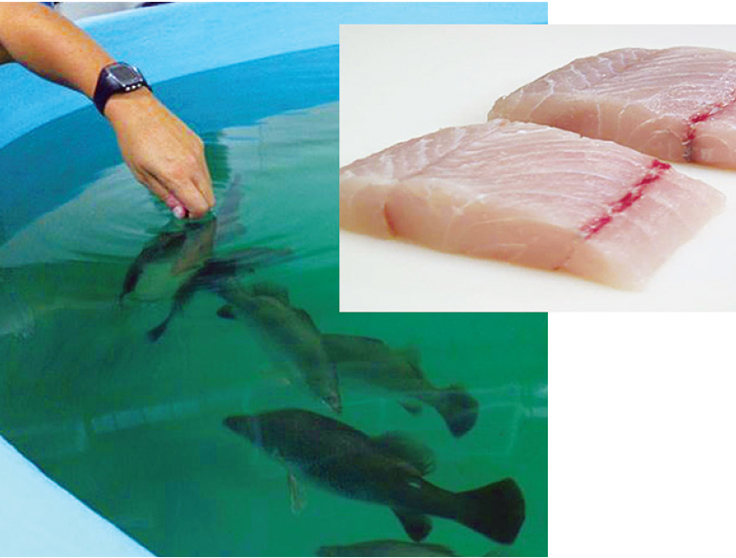
Intelligence
Adding flavor complexity to farmed barramundi
Organoleptic attributes such as flavor and aroma are among the most important factors that influence consumer acceptability and demand for fish products. Consumers have identified farmed fish as less complex and lacking “sealike” or “sea-fresh” flavors and aromas.
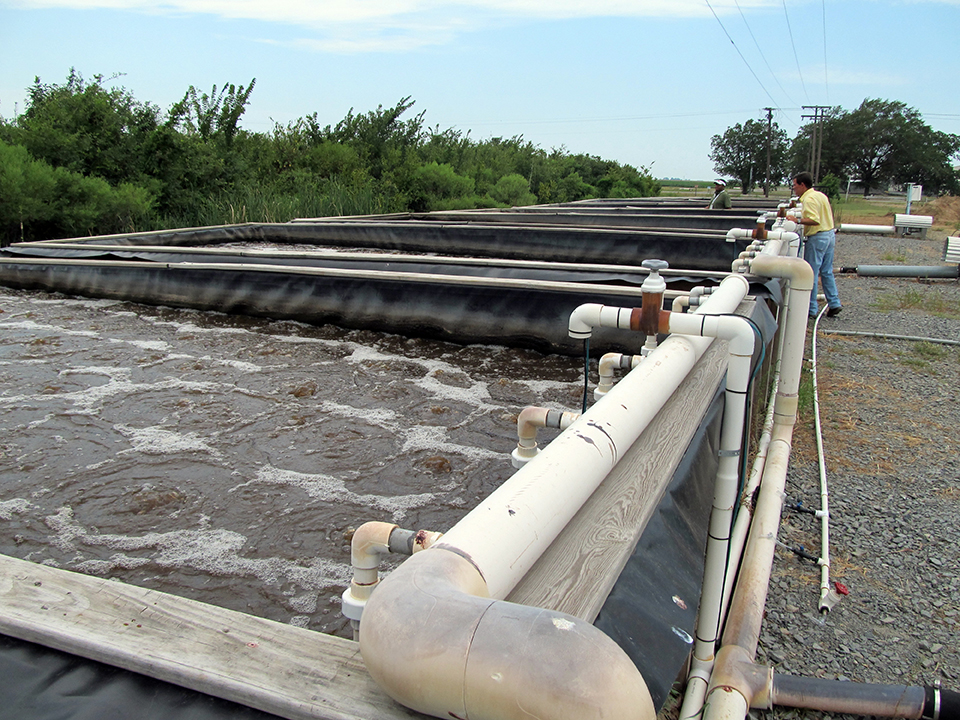
Health & Welfare
Biofloc technology reduces common off-flavors in channel catfish
In studies that used biofloc systems to culture channel catfish, culture tanks were susceptible to episodes of geosmin and 2-methylisoborneol and subsequent bioaccumulation of off-flavors in catfish flesh.
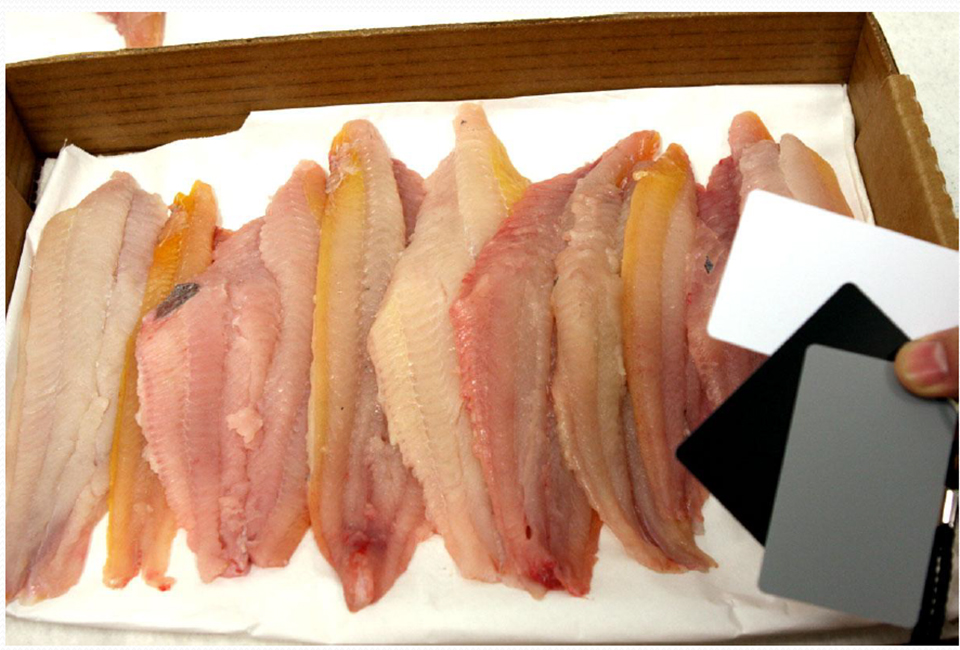
Innovation & Investment
Assessing coloration in channel catfish fillets
Because consumers look at color to gauge quality of catfish fillets, the authors developed a digital photography measurement method to assess yellowness.
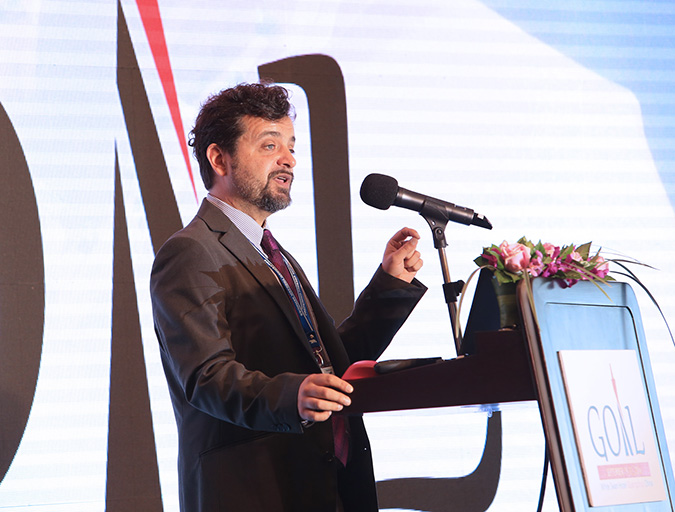
Aquafeeds
Aquaculture Exchange: Giovanni Turchini, Deakin University, part 1
One of the world’s leading fish nutrition experts talks about how aquaculture can learn to survive, and even thrive without depending on fishmeal and fish oil. It’ll take a lot of innovation, but Giovanni Turchini is confident that the industry is on the right path.


